Login

ASEAN SECURITY - All about Walkie-Talkie for guards
About the walkie-talkie
What is a walkie-talkie?
Walkie-talkies are handheld, portable radios: they communicate wirelessly (using radio waves) on a single, shared frequency band. Each battery-powered unit contains a transmitter/receiver and antenna (for sending and receiving radio waves), a loudspeaker that often doubles up as a microphone when you talk into it, and a button that you "push-to-talk" (PTT). The loudspeaker/microphone works in much the same way as an intercom: because a speaker and a microphone contain essentially the same components (a coil of wire, a magnet, and a paper or plastic cone to pick up or generate sounds), you can use a single device to do both jobs essentially by switching the electrical circuit into which it's connected and reversing the current. More sophisticated walkie-talkies (like the Motorola model shown in our photos) contain separate loudspeakers and microphones.
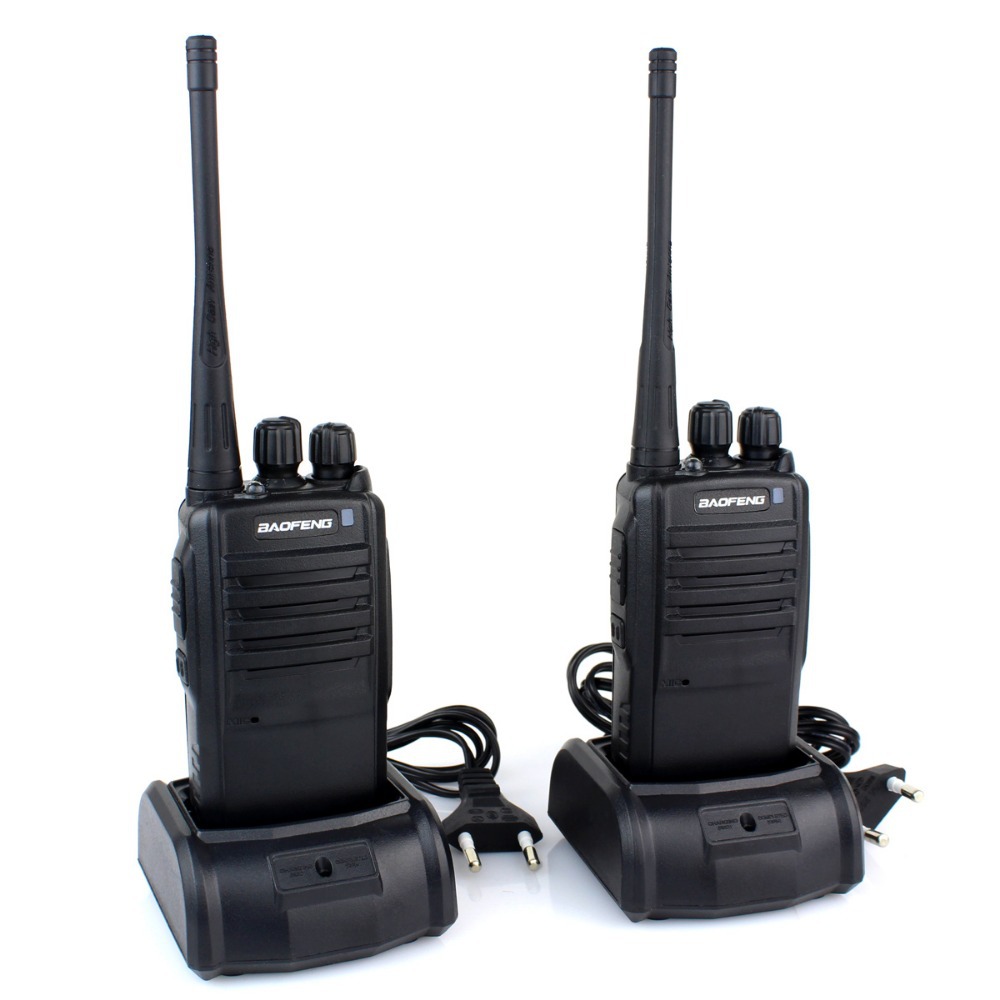
How do you use a walkie-talkie?
A group of people who are using walkie-talkies to talk to one another have to tune in to the same frequency band, which is called a channel. Their radios are all "receiving," so their microphone/loudspeaker units are working as loudspeakers and probably hissing with static, a bit like a conventional radio that's not tuned into any particular station. When someone wants to to talk to the others, they hold the push-to-talk button on their handset. Their radio goes quiet as their loudspeaker switches over to a microphone. As they talk into it, their words are converted into radio waves and beamed out on the prearranged channel (typically at a frequency around 460 MHz). Since radio waves are part of the electromagnetic spectrum, they travel at the speed of light (300,000 km/second or 186,000 miles/second), so the waves are picked up almost instantaneously by the other handsets. The radio waves are converted back into fluctuating electric currents and the loudspeakers use those to reproduce the sound of the talker's voice. When the talker has finished, he or she says "over" (meaning my bit of talking is finished) and releases the push-to-talk button. The radio now switches back into listening mode and someone else can talk.
Hitachi transistor radio
Unlike a normal radio, which will only pick up broadcast voices or music from a radio station, a walkie-talkie is a two-way radio: you can both talk and listen (send and receive). The main drawback is that the same frequency channel is used for both things, so only one person can talk at a time. When communication devices work this way, they're described as half-duplex (a single channel allows communication in only one direction at any one time), as opposed to full-duplex (where you can talk and listen at the same time, as on a telephone).
Photo: This is a typical one-way radio: it will receive things like music broadcasts from radio stations, but it can't transmit. A walkie-talkie can send and receive, so it's called a two-way radio.
Advantages and disadvantages of walkie-talkies
Pros
Walkie-talkies are robust, easy-to-use, and simple (with relatively few parts and features), so they're brilliant for use outdoors and great for children (or for children who need to stay in touch with parents, for example, on vacation). They're also great fun: kids love doing the "over" and "over and out" business. They're very handy in situations where lots of people need to listen and only one needs to talk at once (for example, if you're giving instructions to workers on a camp site). They're extremely convenient, weighing just 100–200g (3.5–7 oz); work over a decent range (typically 5–10 square km or 2–4 square miles); and have long battery life (20 hours on 3–4 rechargeable or alkaline batteries is typical). Walkie-talkies generally have multiple channels (from about 8 to 25 or more) so you can easily switch to another frequency if other people are also using walkie-talkies nearby. Some walkie-talkies can also be used as baby monitor intercoms.
Cons
Most inexpensive walkie-talkies are analog units, so they're subject to interference and relatively easy to eavesdrop (more expensive digital units get around interference, but generally only military walkie-talkies use encryption to overcome eavesdropping). Walkie-talkies are not designed for communication over longer ranges (for which you'll need something like CB radio or a cellphone).
Who invented the walkie-talkie?
Walkie-talkies (originally called two-way radios or "pack sets") were invented in 1937 by Canadian Donald Hings (1907–2004) and, around the same time, by American inventor (Irving) Alfred Gross (1918–2000). Both men saw their inventions developed for military use during World War II; both went on to devise numerous other inventions: Gross is credited with inventing pagers, which were a popular way of staying in touch on the move before cellphones became ubiquitous, while Hings developed numerous improvements to radio, radar, magnetic ground-surveying devices, and equipment for measuring air pollution (he has 39 different inventions listed at the US Patent and Trademark Office).
Comment
News
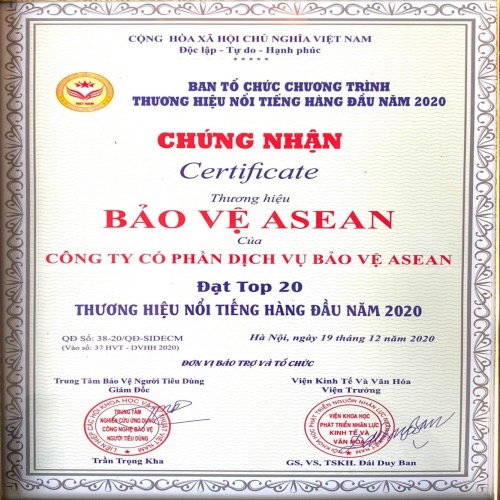 News
News ASEAN Security - Top 20 most famous brands in Vietnam
ASEAN Security Services Joint Stock Company is honored to be ranked in the Top 20 most famous brands in Vietnam out of 100 brands honored in 2020.
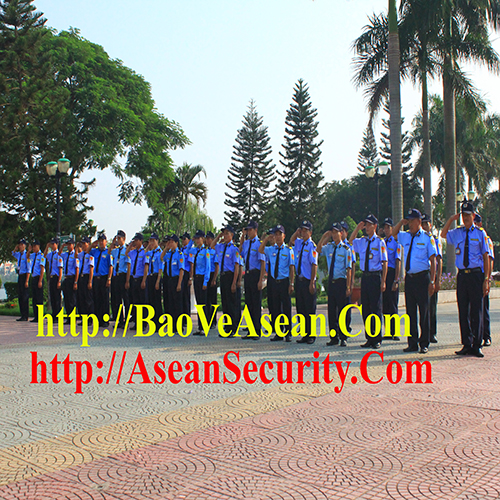 News
News ASEAN SECURITY - 10th Years Anniversary Images - P1
ASEAN Security – The Ceremony of 10th Years anniversary of establishment and development of ASEAN Security Services JSC took place in the morning 10th October 2016 at Dong Xanh Hotel in Hai Duong City
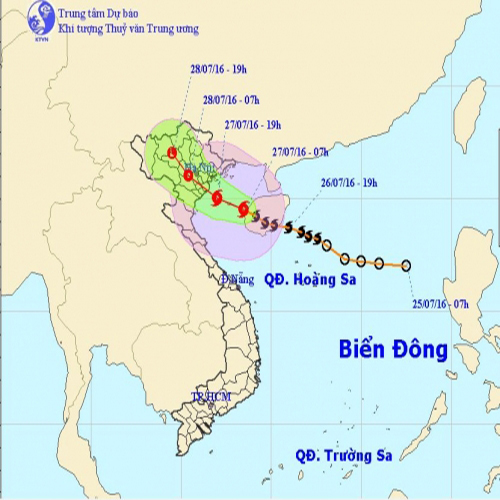 News
News ASEAN Security - Active in the prevention of Stormy
Active in the prevention of Stormy and to ensure security and order, safety of the Targets which ASEAN SECURITY are protected. This morning, the BOM, the provision of ASEAN SECURITY emergency meeting and announced to the all captain leaders of all Ta
 News
News ASEAN Security - 14 Reasons to Date a Security Guard
They are the men and women who ensure our safety at businesses, sporting events, and airports. Sometimes you notice them in clearly identifiable uniforms; sometimes they are nearly invisible. Security guards play an essential role in our society, maintain
 News
News ASEAN SECURITY - Process handle fires when they occur
- Quickly identify the location of fire - Selection of the first fast solutions - The order of work to be done
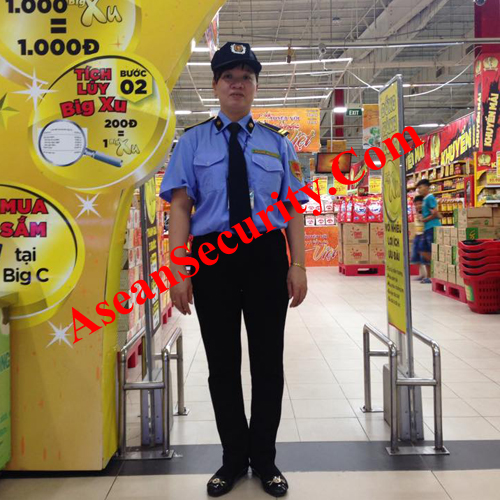 News
News ASEAN SECURITY - Regulation of Security Guard Uniform
A person who is licensed as a security guard and who is required by the Act to wear a uniform when acting as a security guard or holding himself or herself out as one shall wear a uniform that complies with this Regulation when acting as a security guard